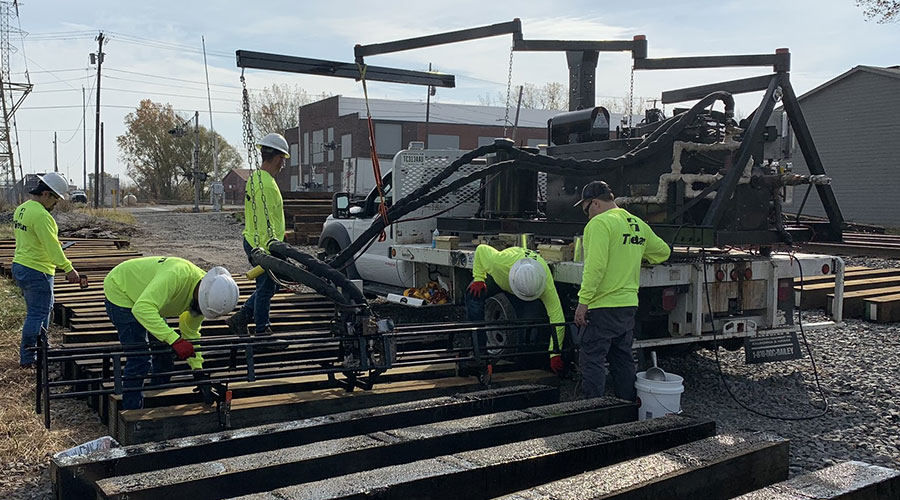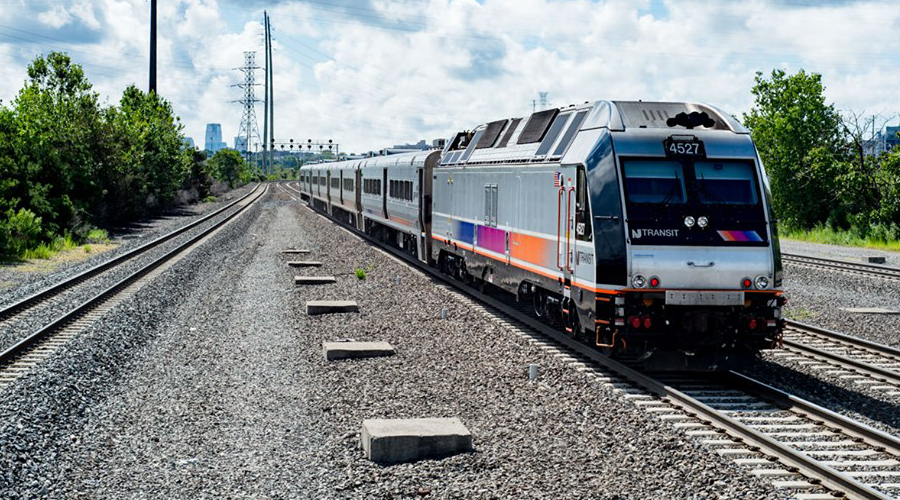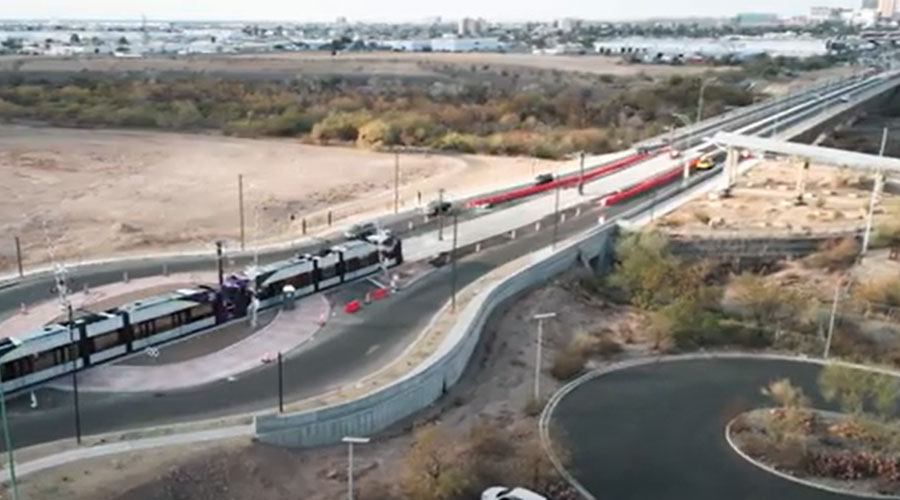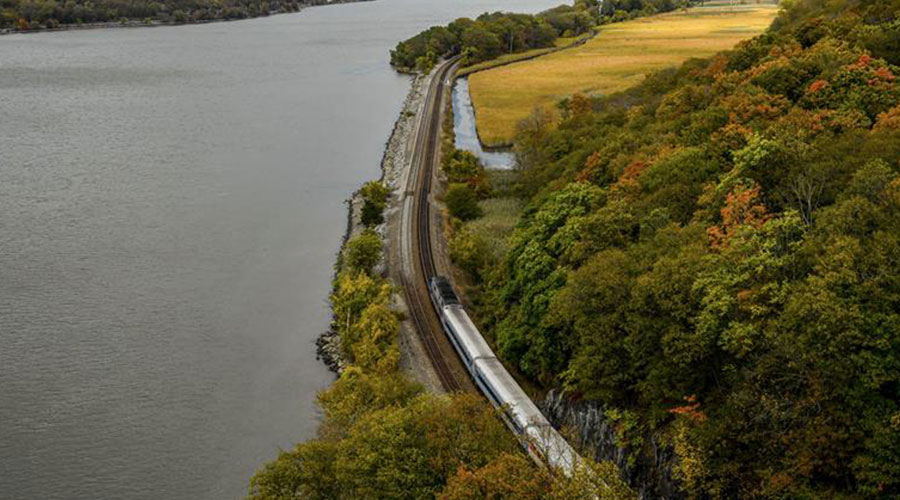Stay updated on news, articles and information for the rail industry
9/16/2020
Rail News: Federal Legislation & Regulation
NTSB renews call for mandated cameras on locomotives
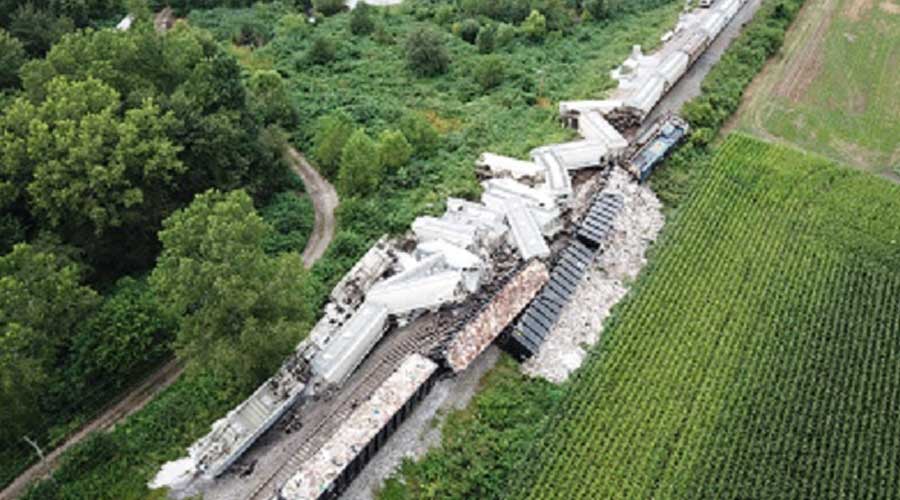
The National Transportation Safety Board (NTSB) yesterday reiterated its call for federal regulators to mandate the use of inward- and outward-facing cameras on locomotives.
The announcement follows the board's investigation of a 2019 collision between two CSX trains in Ohio, in which investigators found that the engineer of one train was impaired by his use of alcohol at the time of the accident.
Although post-accident testing showed the presence of marijuana in the engineer's system, NTSB investigators could not determine if his use caused any further impairment. Image and sound recordings would have provided investigators and railroad officials more details about the events leading to the accident, board officials said in a press release.
"Here we are, after yet another train collision, once again calling on the Federal Railroad Administration to mandate inward-facing image recorders to verify that train crews are operating in accordance with safety rules and procedures," said NTSB Chairman Robert Sumwalt. "A locomotive cab is a safety-critical workplace that needs to be treated as such."
The Aug. 12, 2019, accident occurred in Carey, Ohio, when a westbound CSX train collided with the side of an eastbound CSX train. The lead locomotive and four rail cars on the westbound train derailed. The eastbound train derailed 21 rail cars. As a result of the accident, both train engineers suffered minor injuries and the damage estimate was $4.9 million.
Investigators also found the train was operating on the main track in "PTC restricted mode," meaning positive train control technology was not fully protecting the train's movement, NTSB officials said.
The board determined that the collision's probable cause was the failure of the westbound train engineer to respond to the signal indications requiring him to slow and stop the train prior to reaching Control Point Springs because of his impairment due to the effects of alcohol.
Contributing to the collision was the design of the PTC system, which allowed continued operation in restricted mode on the track.
A synopsis of the board's findings and recommendations can be found via this link.
The NTSB first called for image recorders after the 2008 train collision in Chatsworth, California, that killed 25 people and injured 102. The board found that the Chatsworth engineer had been distracted by text messages he was sending while on duty.
In the decade since the recommendation was issued, the NTSB has reiterated its camera recommendations following six other major railroad accident investigations, including after an Amtrak derailment in Philadelphia that killed eight people and injured more than 200.
Contact Progressive Railroading editorial staff.


 2025 MOW Spending Report: Passenger-rail programs
2025 MOW Spending Report: Passenger-rail programs
 Gardner steps down as Amtrak CEO
Gardner steps down as Amtrak CEO
 Guest comment: Oliver Wyman’s David Hunt
Guest comment: Oliver Wyman’s David Hunt
 Women of Influence in Rail eBook
Women of Influence in Rail eBook
 railPrime
railPrime




